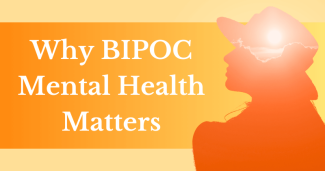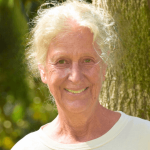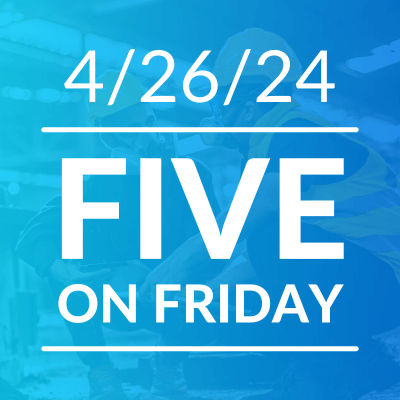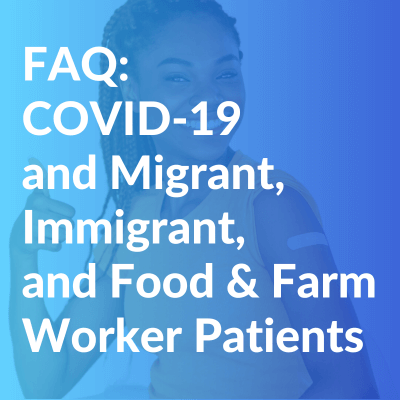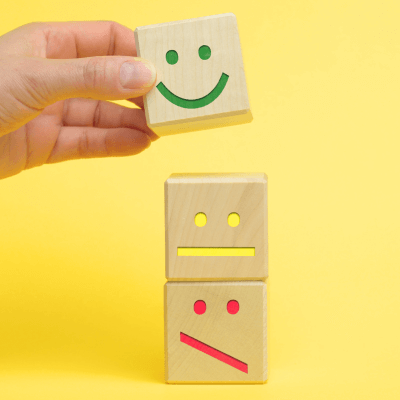Why BIPOC Mental Health Matters
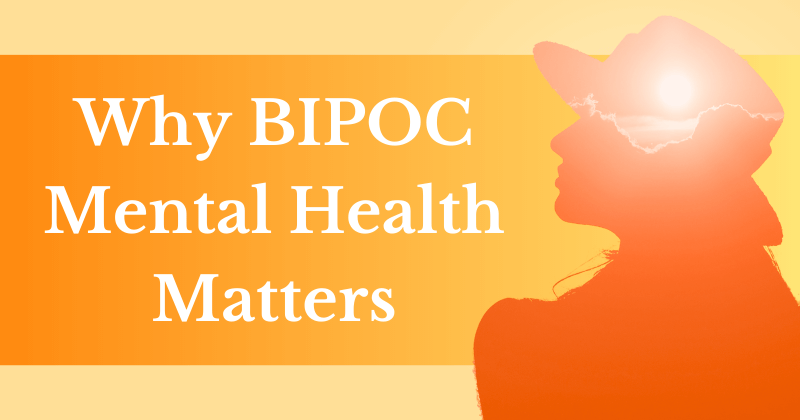
[Editor’s Note: Here on our blog, MCN’s Director of Witness to Witness, Kaethe Weingarten, PhD, shares stories, resources, and helpful tips to support health care workers through the many stressors of their daily lives. Dr. Weingarten also offers a newsletter, filled with resources, recent articles, and her news and views. For BIPOC Mental Health Month, please join us in our newly launched Global Giving campaign to support Witness to Witness.]
July is officially BIPOC Mental Health Month, established June 2, 2008 to honor the work of dedicated mental health advocate, author, journalist, and mother, Bebe Moore Campbell. Campbell worked tirelessly to provide culturally appropriate mental health services for her daughter and Congress recognized her effort two years after her untimely death at age 56 from brain cancer. Originally named the Bebe Moore Campbell National Minority Mental Health Awareness Month, it is now known as BIPOC Mental Health Month. BIPOC stands for Black, Indigenous, and people of color.
Here at the Witness to Witness program and at MCN more broadly, every day is BIPOC mental health day. We recognize that there are a range of issues that differentially impact the BIPOC community and therefore it is important to provide relevant and current resources for clinicians who serve these communities every day. We are also keenly aware that clinicians serving BIPOC communities may be BIPOC themselves, so that they too are impacted by the same issues that affect their patients. In some instances, a framework for understanding the complexities of this kind of overlap may be considered that of a “shared trauma.” Shared trauma is the experience that clinicians have when they are exposed to the same community trauma as their clients. A clinician who practices in a community where there has been flooding or a wildfire will “share” the trauma of those catastrophic conditions. Or a clinician who works in a hospital ED that served victims of a mass shooting will share the trauma of that firearm violence. Through our foundational model of witnessing, W2W is able to provide clinicians with a roadmap as to how they can understand their situation and the steps they can take to mitigate harm.
In addition to the conceptual framework of the witnessing model, we provide clinicians with up-to-date information about the most current research that documents the differential impact of hardships on BIPOC and white communities. I recently spoke to an Asian elder who, because of her fear of anti-Asian hatred since the COVID pandemic, has rarely left her house. Her physical condition has deteriorated to the point that she can barely walk. Her children finally encouraged her to see her PCP, who, thankfully, referred her to a physical therapist, whom she has agreed to see via Zoom. Because the clinician was fully aware of the anti-Asian hatred circulating in this woman’s community, she was full of compassion, not scorn, for her self-protective behavior.
One concept that is comprehensive in scope is that of weathering, a construct first described in 1992 by Arlene Geronimus (and now available as a book). A recent systematic review of the weathering hypothesis to account for racial disparities in health explains the concept in this way: “The weathering hypothesis was proposed to explain racial health disparities. Weathering is the result of chronic exposure to social and economic disadvantage that leads to the acceleration of normal aging and earlier onset of unfavorable physical health conditions among disadvantaged (vs. advantaged) persons of similar age (i.e., weathering pattern).” In this systematic review, of the 41 good quality studies that were evaluated, most found support for the hypothesis with the magnitude of support varying by study population and health outcome.
One significant indicator of economic disadvantage relates to income. Black and Hispanic women continue to earn less than white men. In 2022, Black women earned 70% as much as white men and Hispanic women earned only 65% as much. Although the pay gap between men and women did narrow between 1982 and 2022, it narrowed more for white women than for Black or Hispanic women.
In addition to earning less, many who are BIPOC live in rural communities that are served by hospitals and community clinics that are at risk of closing. In fact, according to the Center for Healthcare Quality and Payment Reform, nearly 30% of all rural hospitals in the US are at risk of closing. A case in point is Madera Community Hospital that provided health care for the 160,000 people who live in the farming community of the eastern San Joaquin Valley in California, a county that is majority Latinx, and 20% of the population live in poverty. This is deeply ironic since the county saw some of the highest COVID infection and death rates in the state. On the whole, nationwide, Latinx Americans had an age-adjusted COVID mortality rate 66% higher than white Americans. Since many of these Latinx patients were also lacking authorization to live in the US, the impact of illness, dying, and death had significantly different ramifications than for those for whom connections to US institutions were assured.
MCN and W2W were consistent throughout the pandemic, as we continue to be, to provide the most up-to-date COVID-related resources for clinicians. In MCN’s newest podcast series entitled COVID’s Lasting Impact, one episode focuses on understanding the psychosocial impact of COVID on patients and family dynamics. Although the research is still emerging, it does appear that Long COVID may also differentially impact BIPOC communities.
Many BIPOC who wish to talk to a behavioral health provider -- a social worker, counselor, psychologist, or psychiatrist -- are dismayed at how difficult it is to find one. At least 49% of people, regardless of race or geography, live in a behavioral health shortage area, much less an area where BIPOC clinicians are prevalent. If a person wants to talk to a BIPOC therapist, they will confront the following facts: 81% of psychologists are white, 82% of mental health counselors are white and only 10.4% of psychiatrists are Black, Hispanic, or Native American. According to a new infographic, Black and Latinx Americans are less likely to receive routine mental health care and are more likely to end up in an ED to receive mental health care.
In our attention to the needs of BIPOC communities we not only focus on negative health issues; we also circulate positive health opportunities. For example, listening to birdsong, which is available online or in nature, for as little as six minutes a day has been found to reduce anxiety and paranoia in healthy adults. For those in urban environments, listening to soundtracks of birdsong is effective. There are also opportunities for enjoyment of the arts that are of particular importance to BIPOC communities. We encourage people to attend music, dance, and theatre performances that are held all over the county at different times of year, particularly during the summer months.
Fortunately, we are not alone in serving BIPOC clinicians. The list below just scratches the surface of all the wonderful material that is available not just this month but every day.
- American Counseling Association’s Knowledge Center BIPOC Mental Health Month resources
- The Mental Health Coalition’s BIPOC Mental Health Resources
- National Alliance on Mental Illness’s Bebe Moore Campbell National Minority Mental Health Awareness Month blogs and personal stories
- Mental Health America’s 2023 BIPOC Mental Health Month Toolkit and summary of BIPOC Mental Health Month’s 2023 theme of Culture, Community, and Connection
- MindSite News and Hurdle Health present A Conversation About Vicarious Racism & Black Mental Health
- An article from Vox, How to Deal with Racial Trauma, According to Black Experts
The mental health of all people that make us a nation is obviously important. In a forthcoming book, historian Heather Cox Richardson makes this claim: “In the end, this book makes an argument for a new understanding of US history as an explicitly democratic history, kept alive primarily by marginalized Americans who have worked to expand our rights and bring the principles of the Declaration of Independence to life.” Our democracy, she argues, is dependent on the active participation – and I would add the well-being of – its BIPOC members. We at MCN and W2W strive to make a positive contribution to that well-being.
Support this work through our Global Giving Campaign!
- Log in to post comments
